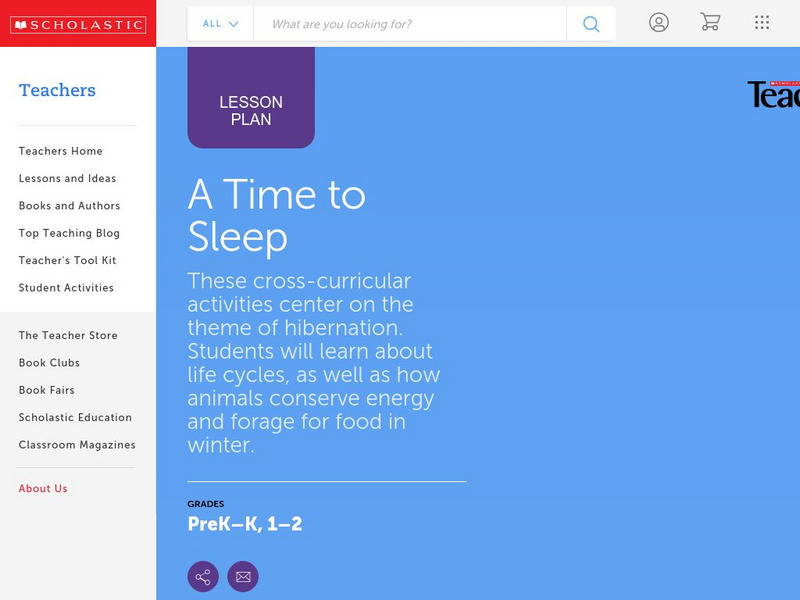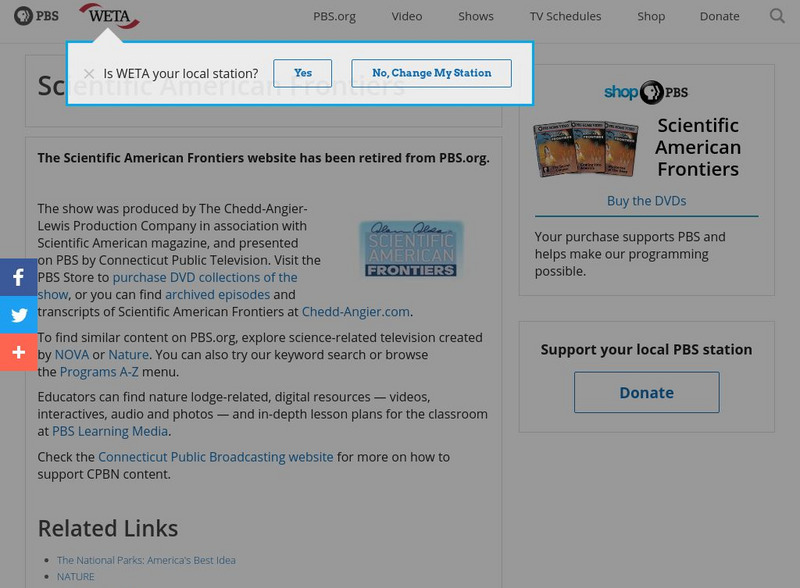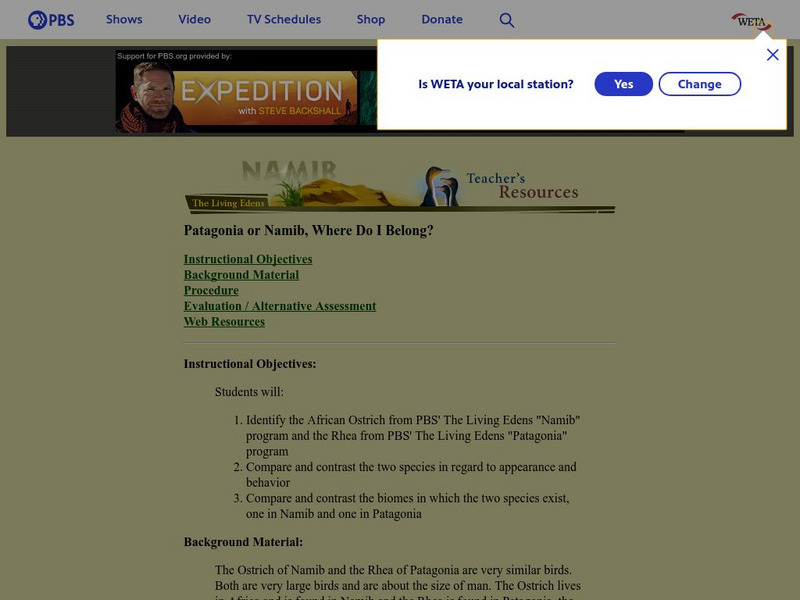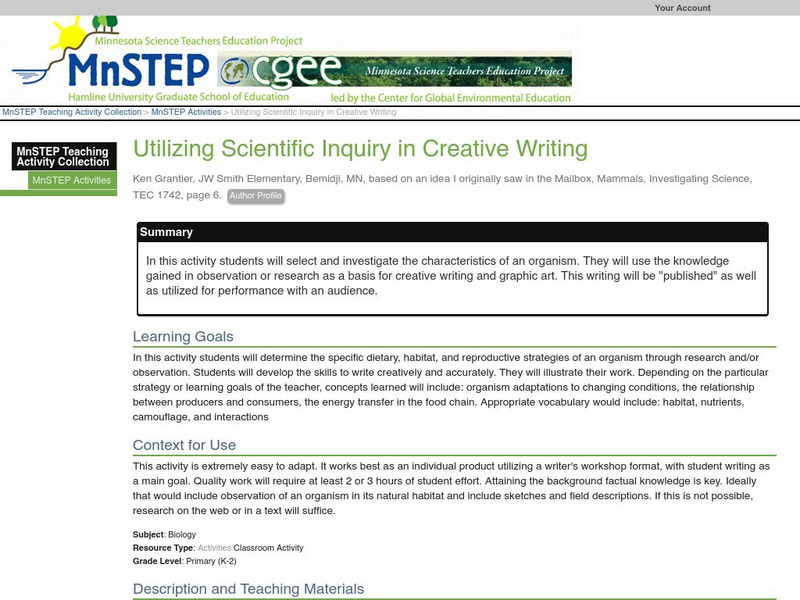PBS
Pbs Teachers: Scientific American: Chimps R Us: Understanding Travel Routes
Examine a map of the travel routes and evening nesting sites of two chimpanzees and create a travel route of your typical day. Describe the social enhancements that helped humans to evolve from foraging behavior to establish fixed...
Alabama Learning Exchange
Alex: Nocturnal Animals Lesson #1
This lesson can be part of a two-week integrated thematic unit on nocturnal animals. During this lesson, students will be introduced to nocturnal animals. They will have an opportunity to navigate web sites to learn more about nocturnal...
PBS
Pbs Teachers: Scientific American: Animal Einsteins: If Only They Could Talk!
Investigate the communication skills of animals. Explore their ability to associate abstract concepts or signs with specific objects or actions by solving a puzzle involving decoding symbols.
PBS
Pbs Teachers: Scientific American: Animal Einsteins: Figure That One Out
Investigate problem-solving techniques by using observation and data analysis skills. Observe how different people solve the same puzzle and make conclusions about how humans and animals think.
BioEd Online
Bio Ed Online: Sleep and Circadian Rhythms
The following lessons help students from grades 6-8 understand sleep and circadian rhythms. Lesson topics iinclude: day and night, seasons, sundails, clocks, sleep and sleep patterns and sleeping in space.
PBS
Pbs Teachers: Scientific American: The New Zoos: Polar Bear Picnic
Explore zoos and the change in animal care, and research the physiology and habitats of polar bears. Investigate the difference between what is essential to survive and what is desirable in an enriched environment.
PBS
Pbs Teachers: Scientific American: Prime Time Primates: Chimps Count
Explore the techniques and steps in training an animal by attempting to train a classmate to perform a simple task without using known words. Train him or her to respond to a vocabulary of nonsense words with hidden meanings.
National Endowment for the Humanities
Neh: Edsit Ement: Fable and Trickster Tales Around the World
The lessons presented in this website "introduce children to folk tales" and how these folktales are changed and affected by generational and cultural values. Includes several links to further related information on folktales, fables,...
PBS
Pbs Teachers: Scientific American: Prime Time Primates: The Mating Game
Emulate the work of primatologists by observing animals in a zoo environment. Record observations as entries in a journal, and prepare a final report of your conclusions.
Other
Nanoos: Satellite Tracking [Pdf]
In this lesson, young scholars will be introduced to satellite tracking data. This data allows students to track the movement of marine animals over time. By the end of the lesson, young scholars will be able to answer questions related...
Alabama Learning Exchange
Alex: Importance of Fur for Animals
This is a lesson to teach students how to read a thermometer and gain an understanding of why fur is important for some animals' survival.
Scholastic
Scholastic Instructor: Hibernation "A Time to Sleep"
This site is filled with creative and educational activities for your unit on hibernation. These activities include hibernation clocks, KWL chart, hibernation mural and more.
Environmental Education for Kids
Eek!: Teacher Resources: "Deer Talk" Activity
In this activity, students will learn to recognize how deer use non-verbal communication for mutual protection and interaction within a group and the importance of this language to the survival of the group.
Smithsonian Institution
National Museum of Natural History: Zoo Labs
Five inquiry-based investigations designed for the observation of primates in a zoo setting. The labs ask guiding questions and list notable primate behaviors.
Scholastic
Scholastic: Ocean Life
Learn about leatherback turtles and dusky dolphins with the Earthwatch research teams in Costa Rica and New Zealand. Choose which animal you would like to learn more about then read field reports, meet a researcher, become a researcher...
PBS
Pbs Learning Media: Brain Break I See Animals Lesson Plan
In this interactive lesson, students act out animal movements for a short brain break.
Louisiana Department of Education
Louisiana Doe: Louisiana Believes: Ela Unit: Grade 1: The Year at Maple Hill Farm
First graders learn about change over the course of a year, investigating and exploring the four seasons and what the changing seasons mean for humans and animals. They learn about animal behavior and patterns during the seasons,...
PBS
Pbs Learning Media: Arthur: Feeling Left Out
For young children, being excluded by their peers is a common, painful experience. Role-play with a puppet or stuffed animal to explore the issue.
PBS
Pbs Learning Media: How Animals Care for Their Young
In this interactive lesson, students learn that animals take care of their young in many of the same ways the adults in their lives take care of them. Students watch videos from NATURE and engage in a variety of activities to check...
PBS
Pbs Teachers: Scientific Breakthroughs in Germany: Flight of the Dragonfly
Emulate the work of a naturalist by making observations of wildlife in local parks. Record field notes, including drawings, photographs, and observations of behavior, on a particular animal or habitat.
PBS
Pbs Teachers:namib: Patagonia or Namib, Where Do I Belong?
Compare and contrast the African ostrich and the rhea in regard to appearance and behavior. Compare and contrast the biomes in which the two species exist, one in Namib and one in Patagonia.
Better Lesson
Better Lesson: Awesome, Weird, Cool Not!
From observing a cat to touching and describing mysterious things in brown paper bags, 4th graders learn to understand that specialized senses and precise words go hand in hand in developing good inquiry skills.
The Wonder of Science
The Wonder of Science: 4 Ls1 2: Sensation, Processing, and Response
Work samples, phenomena, assessment templates, and videos that directly address standard 4-LS1-2: sensation, processing, and response.
Science Education Resource Center at Carleton College
Serc: Utilizing Scientific Inquiry in Creative Writing
In a writing workshop activity, learners determine the specific dietary, habitat, and reproductive strategies of an organism through research and observation.
Other popular searches
- Animal Behavior Experiments
- Wild Animal Behavior
- Animal Behavior in Termites
- Animal Behavior of Fish
- Domestic Animal Behavior
- Animal Behavior Lesson Plans
- Biology Animal Behavior
- Animal Behavior Labs
- Animal Behavior Lab Betta
- Dance and Animal Behaviors
- Animal Behaviors Betta
- Innate Behavior Animal





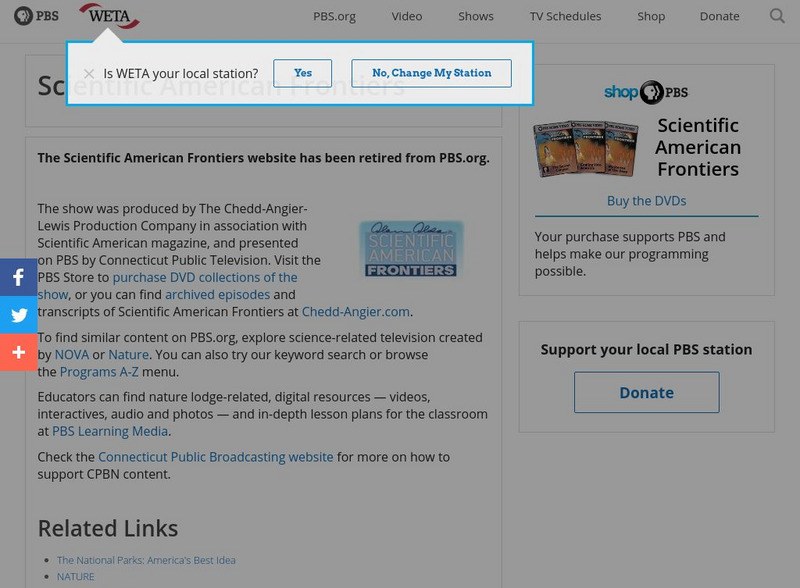




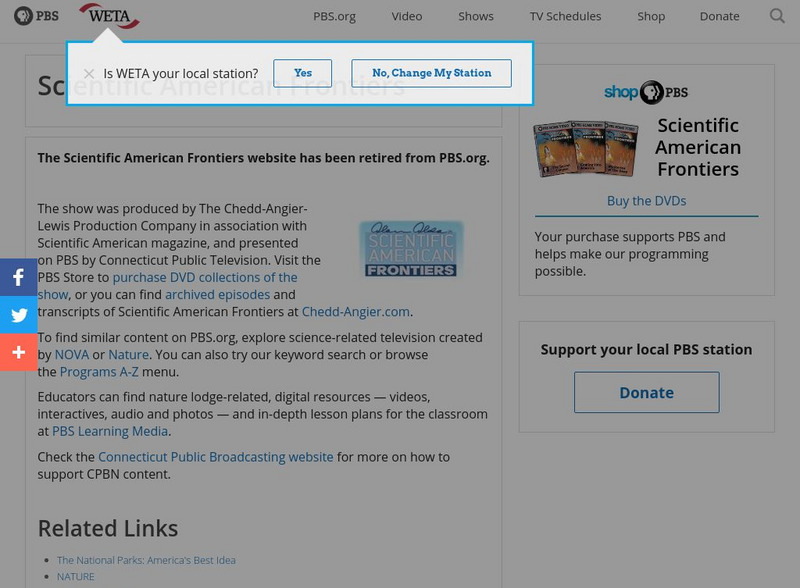
![Nanoos: Satellite Tracking [Pdf] Lesson Plan Nanoos: Satellite Tracking [Pdf] Lesson Plan](https://d15y2dacu3jp90.cloudfront.net/images/attachment_defaults/resource/large/FPO-knovation.png)

